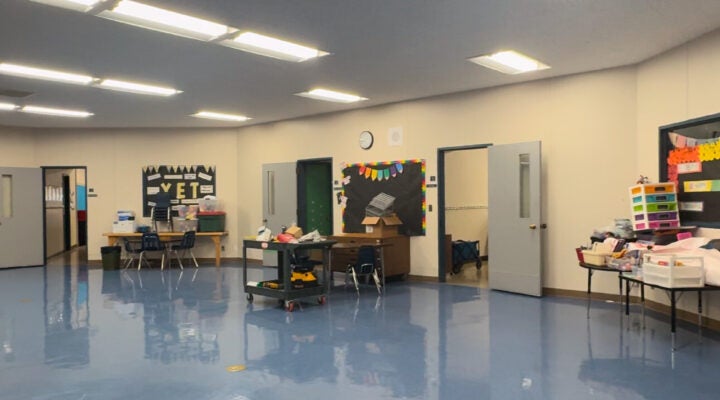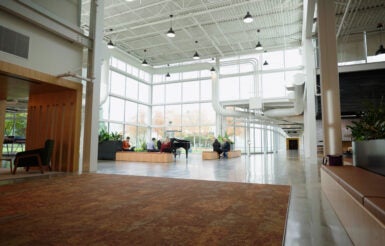A Q&A with Ryan Heron, lighting consultant and co-founder of PNW Energy Group, about why Luminaire Level Lighting Controls (LLLC) delivers for his customers and fulfills his company’s mission.
How did you get started in the lighting industry?
In 2017, I worked for a big-box electrical distribution company on projects for lighting efficiency standards and rebate programs before transitioning into an energy management sales role. After four years in that position, I co-founded PNW Energy Group, a lighting consultancy.
I kept seeing misconceptions from customers regarding efficient lighting retrofits and rebates, and I wanted to fill that gap. Our mission is “getting the light right” with every customer, so understanding and solving the challenges in the space, meeting safety, and energy standards, and finding the best lighting solution for every project.
How did you come to discover LLLC?
I worked on several wired lighting control projects and really wanted to find other solutions for my customers because of common barriers to the adoption of efficient products, such as high cost. I discovered LLLC at a manufacturer’s event, which wasn’t used as widely then as it is now. I decided to dive in and learn more about LLLC and realized it was a simple, wireless lighting solution. I was drawn to LLLC because it offered a cost-effective, sustainable, and futureproof option for my customers.
What is a key benefit of LLLC that helps inform your customers?
I tend to discuss the futureproofing element with customers because it’s important to have a long-lasting lighting source (LEDs) paired with flexible controls that allow customers to make adjustments easily over the lifetime of the system. For schools supporting students with special needs, teachers can use LLLC to target the color and intensity of the light in different spaces to improve visibility and to help transition students from one activity to the next. The flexibility of the controls also allows the space to change from year to year based on the needs of the school.
What are your customers looking for when upgrading their lighting system?
Customers first think about cost, which may result in a more basic lighting solution. This is why utility rebates are such an important tool for removing barriers when considering an LLLC system. We’ve also found there are upfront savings with LLLC because it’s wireless and pre-programmed. This helps streamline installation and reduce costs compared to a wired system.
With Oregon’s legislature passage of HB2531—which banned the sale or distribution of fluorescent tubes in the state as of January 2025 some competitors may be recommending a T-LED retrofit instead of LLLC. With LLLC, there is so much more control, flexibility, and maintenance savings. In addition to rebates, we try to steer customers away from a T-LED retrofit because often it doesn’t make sense as a long-term investment. It can end up costing them more in terms of energy bills.
What LLLC project has felt the most impactful and why?
I’ve installed LLLC most frequently in offices, warehouses, and schools with classrooms and gyms, but Oakdale Heights Elementary School in Dallas, Oregon, stands out. They had legacy lighting and needed an upgrade.
In the classrooms, we found teachers had only half the lights on during the school day and wanted more control of the light levels for different activities. The gym is not just a space for sports—it’s also used for assemblies, meetings, and community events. The lights should change based on the usage.

What advice would you give to facility managers or building owners who are looking to upgrade their lighting?
I think it’s important to understand that, in many cases, there’s already a need for a lighting improvement. If you listen first, you’ll be able to understand their pain point and respond to the conversation in a way that champions the benefits of LLLC as the right solution.
I would recommend they reach out to a lighting consultant and/or their local utility to learn about the different lighting options available. In order to find a long-term solution, it’s important to have open conversations on incentives as well as upfront and long-term costs.
For example, consider a facility that has fluorescent tubes and wants to retrofit to T-LEDs. Those T-LEDs might need to be replaced in five years, but there likely won’t be utility rebates because of code or regulation changes. Compare that to an LLLC system—with a lifetime of 15 to 20 years before any upgrades need to be considered—and there are significant utility rebates currently available for LLLC.


